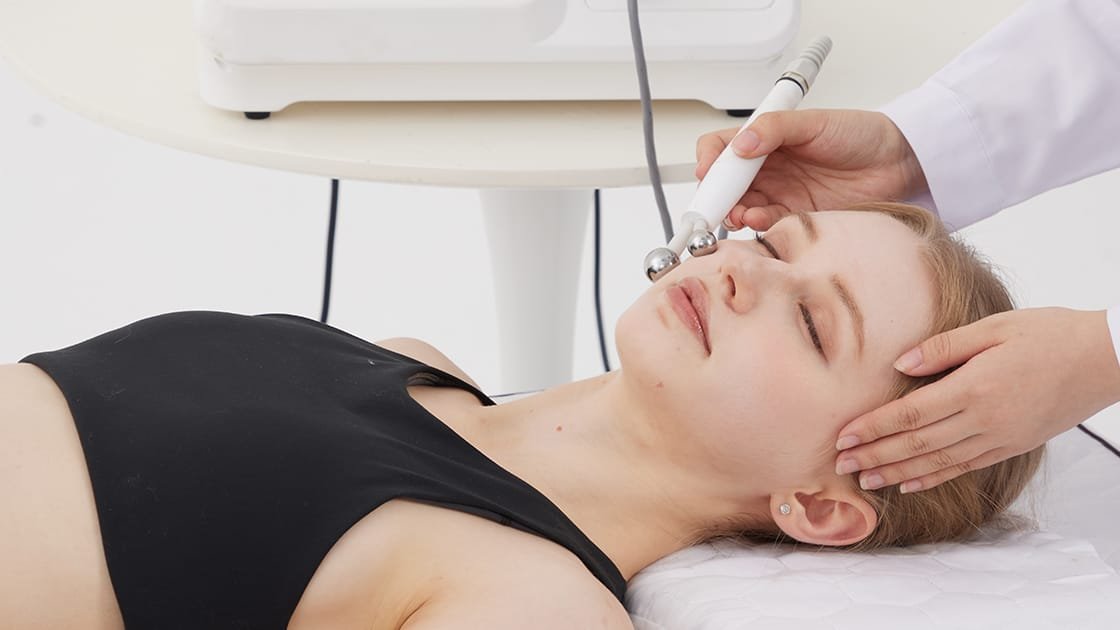Facial puffiness is a common issue that many people face, often making the face appear swollen and tired. The main causes of puffiness include water retention, poor lymphatic drainage, and lifestyle factors. Some of the most common triggers are lack of sleep, high sodium intake, and alcohol consumption, while other contributing factors can include allergies or even stress. While puffiness often resolves on its own over time, when it persists, it can affect both your appearance and confidence. Fortunately, there are effective treatments, such as radio frequency (RF) therapy, that can help reduce facial puffiness and restore a more defined, youthful look.
What Causes Facial Puffiness?
Facial puffiness occurs when excess fluid accumulates under the skin. The most common causes include factors such as dehydration, high sodium intake, and poor circulation, which can impair the lymphatic drainage system. This often leads to fluid build-up in the face, especially around the eyes and cheeks. Allergies, sinus infections, and other inflammatory responses can also contribute to puffiness, especially when they trigger an immune response that causes swelling in sensitive areas. While temporary puffiness can often be alleviated by lifestyle changes, persistent swelling may need a targeted treatment to improve lymphatic drainage and circulation. Radio frequency therapy works to address these issues by stimulating the skin’s deeper layers and promoting better fluid movement.
How Radio Frequency Works to Tackle Puffiness
Radio frequency (RF) therapy uses energy waves that penetrate deep into the skin’s layers to stimulate the underlying tissues. These energy waves create a heating effect that promotes increased blood circulation and enhanced lymphatic drainage, helping to expel trapped fluid and reduce puffiness. RF therapy also promotes collagen production, tightening the skin and improving its elasticity. This process can help redefine the contours of the face, giving it a more sculpted, youthful appearance. The non-invasive nature of RF therapy makes it an ideal solution for those looking for a painless and effective way to tackle puffiness without the need for surgery or extended recovery periods.
The Benefits of RF Therapy for a Less Puffy Face
The benefits of RF therapy for facial puffiness go beyond just reducing swelling. It provides an immediate visible improvement by tightening the skin, which results in a firmer, more toned appearance. Additionally, RF therapy stimulates the skin’s natural collagen production, which helps keep the skin smooth and youthful. The process is gentle and non-invasive, which means there is no downtime required. Most patients can return to their daily activities immediately after the treatment. Over time, multiple sessions can provide long-lasting results, maintaining the improved appearance and preventing future puffiness from returning.
Is RF Right for You? Considerations and Aftercare
RF therapy is suitable for most people who are dealing with facial puffiness. However, it’s important to consult with a licensed specialist to determine whether this treatment is appropriate for your skin type and individual needs. If you have underlying health conditions such as infections, open wounds, or metal implants in the treated areas, RF therapy may not be the right option for you. Once the treatment is complete, aftercare is simple: staying hydrated and following a healthy diet with minimal sodium intake will help maintain the effects. Additionally, avoid using harsh skincare products right after treatment and opt for gentle, soothing products instead. With regular sessions, you can expect long-term benefits that help keep puffiness at bay.
Conclusion
Facial puffiness can be a frustrating issue, but with radio frequency therapy, it doesn’t have to be a permanent one. This non-invasive treatment provides a safe and effective solution to reduce swelling, tighten skin, and promote a more sculpted appearance. By enhancing circulation and lymphatic drainage, RF therapy helps clear excess fluid and restore definition to your face. If you’re tired of dealing with puffiness and want a more youthful, refreshed look, RF therapy may be the answer.








